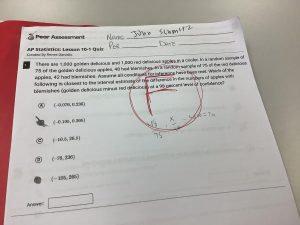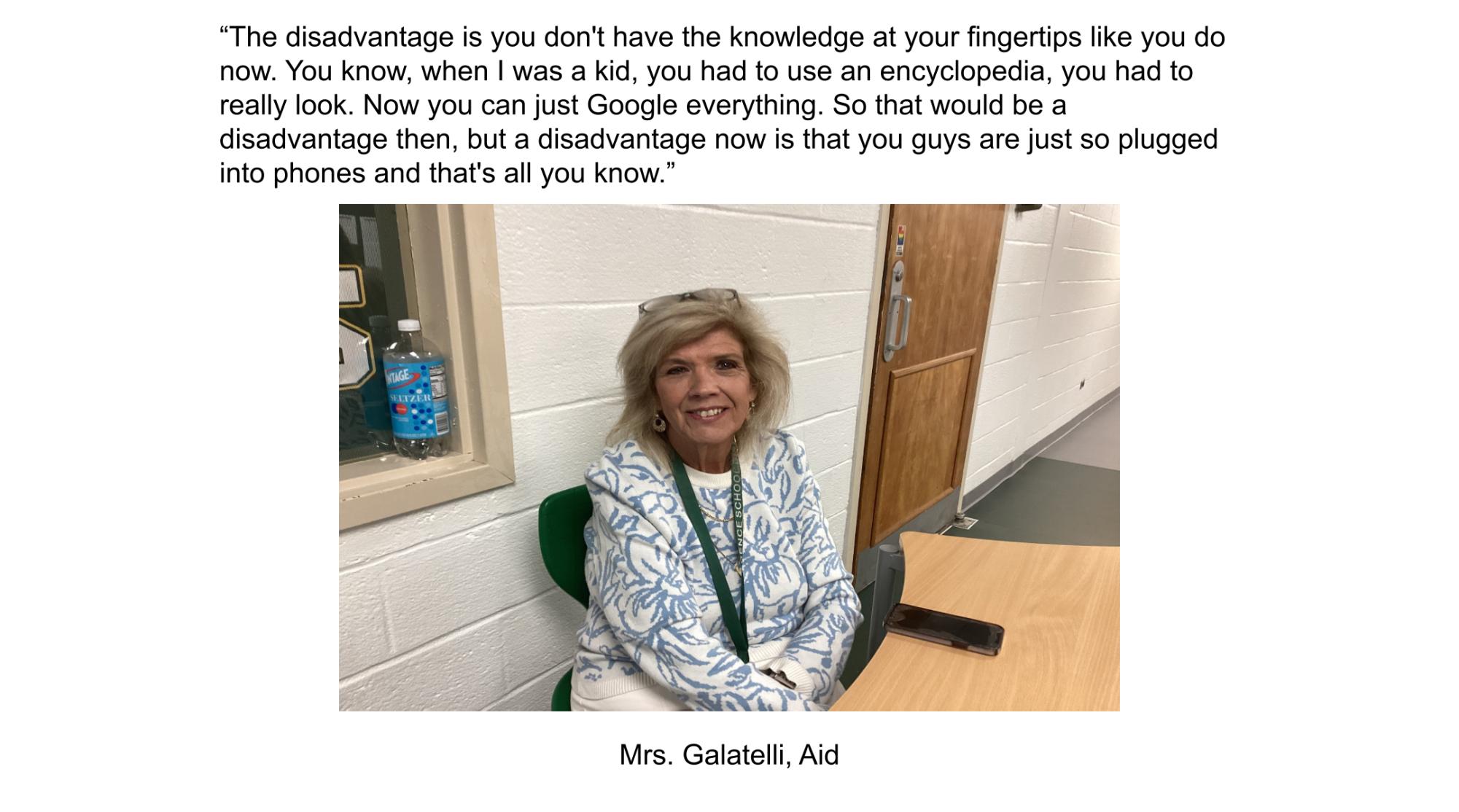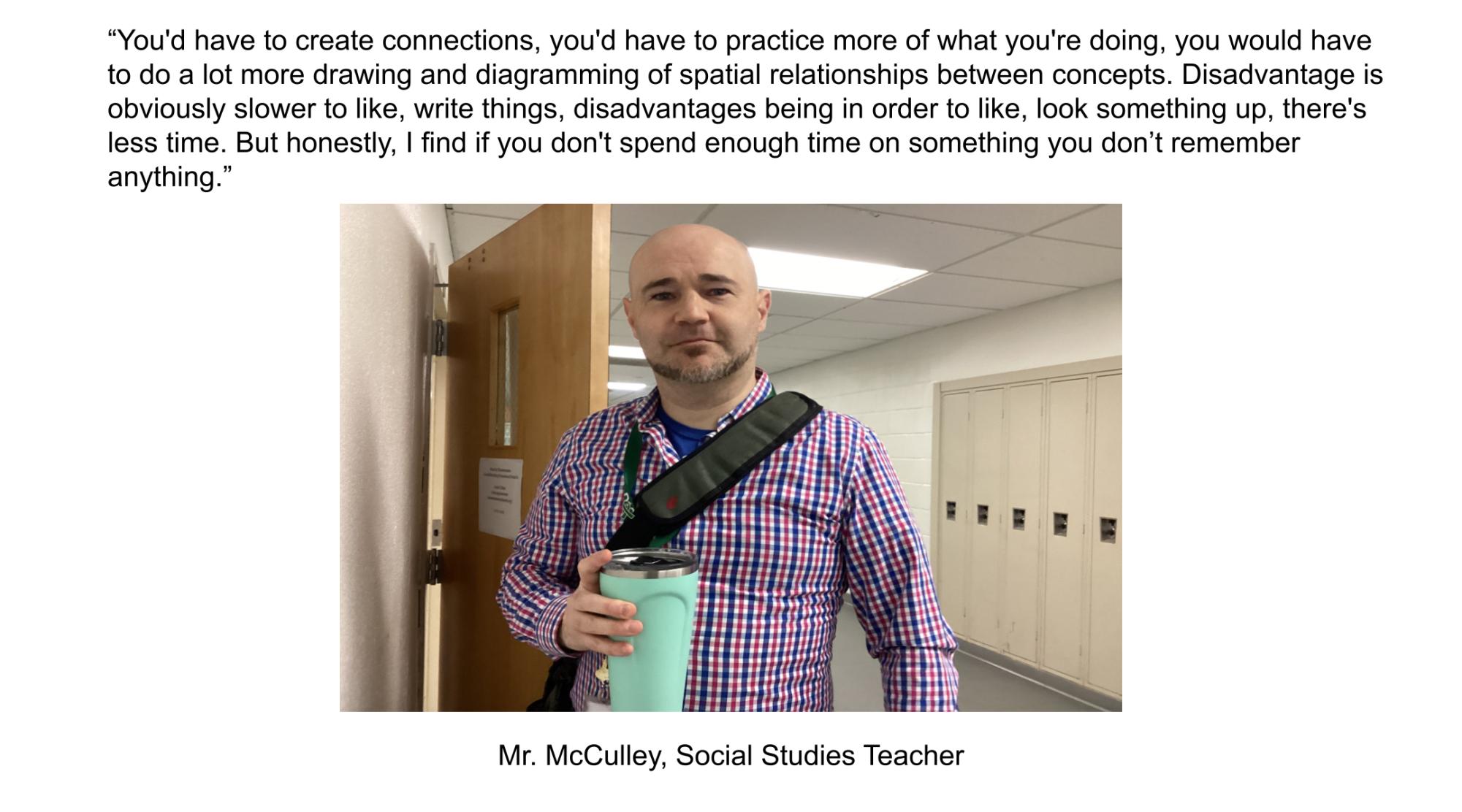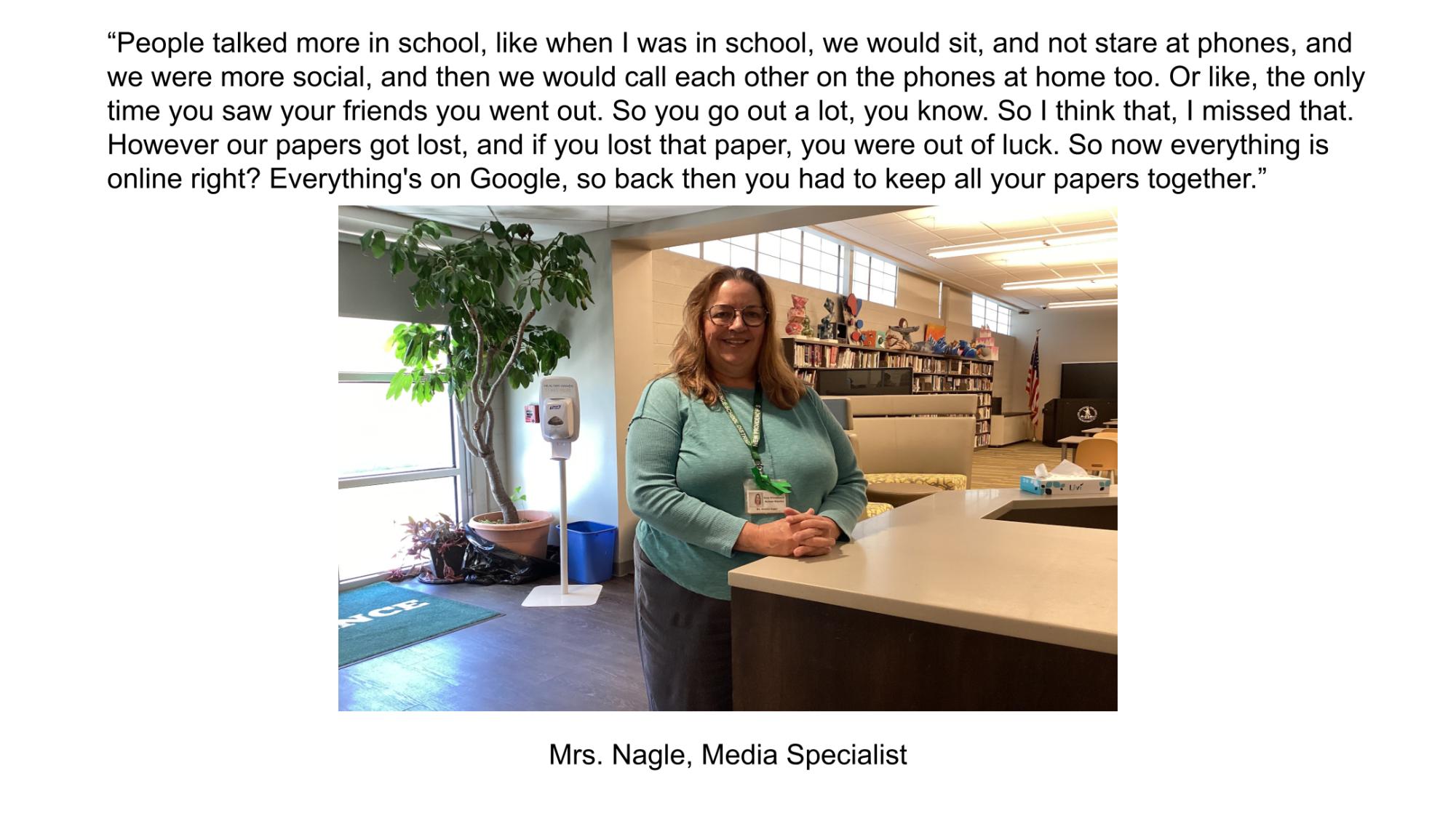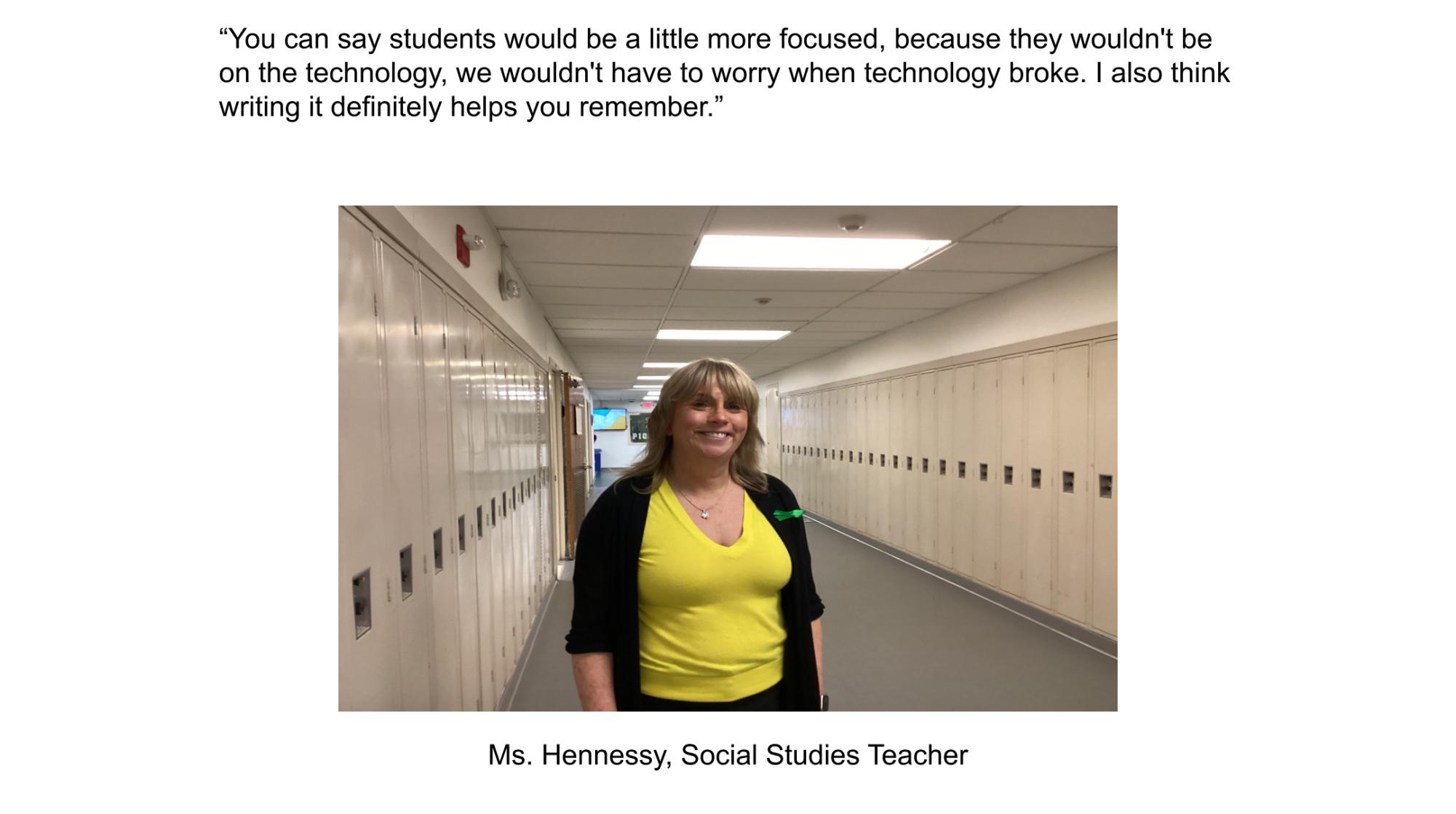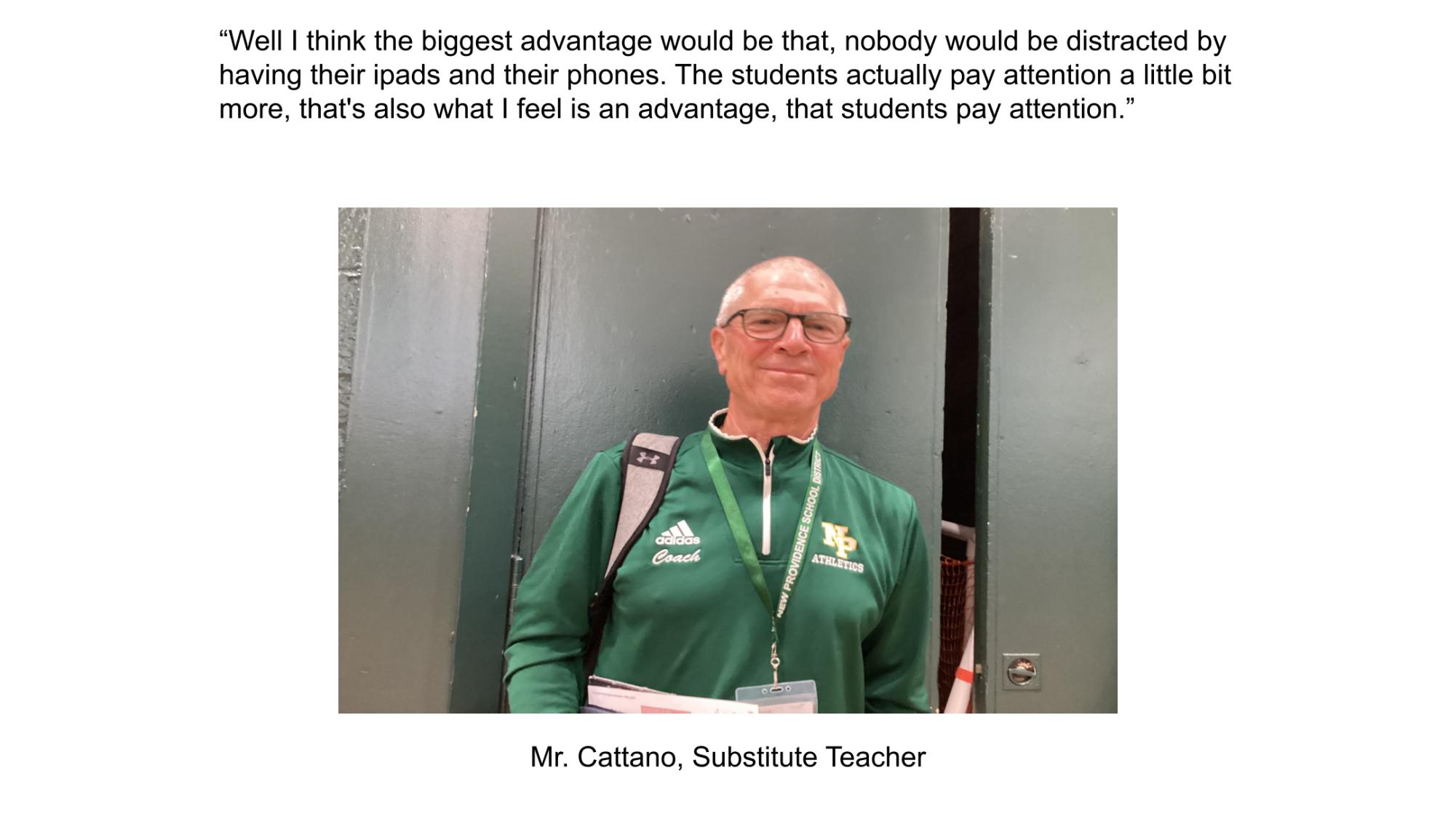The High Cost of Higher Education
April 25, 2017
College bound seniors: let’s talk about the elephant in the room.
You are probably not going to keep in touch with most of your friends. Also, you’re probably about to contribute to student debt. According to the New York Federal Reserve, student debt in the U.S. totaled about $1.31 trillion as of 2015, making it the second largest consumer debt in the country, just behind mortgages. Most of this debt is owned by the federal government. This staggering number invokes concerns about how school possibly got to be this expensive and what we can do about it.
In F. Scott Fitzgerald’s The Great Gatsby, readers learn that the titular Gatsby at one point intended to pay his way through college by working as a janitor. This proposition might have made sense to members of the Lost Generation, but in today’s terms it’s hard to see as feasible. The median full time janitor in 2016 made $24,190 yearly, according to the Bureau of Labor Statistics. If Gatsby somehow managed to work full time as both a janitor and a student, he would still fall short of the average costs at four year institutions, which in the 2014-2015 school year totaled $25,409. The average four-year private school cost $37,990, widening the gap further (Figures are from the U.S. Department of Education). So what happened? Two things: States cut funding, and schools got nicer.
Nicer, in this case, means more student services and more administrators. A lot more administrators. As stated in Paul Campos’s New York Times article concerning the increasing cost of college, the amount of administrators in California’s state system increased from 3,800 to 12,183 from 1975 to 2008. This marks an increase of 221%. Expansion like this is not limited to this school system: administrations have expanded across the board. All of these new people have to be paid, and that money is coming from tuition. The reason that money is increasingly gotten from tuition, at least for public schools, is that state funding for these institutions has not kept pace with growing class sizes. As argued in Doug Weber’s article for fivethirtyeight.com, if Pennsylvania had kept funding up to pace, public institutions could slash tuitions by about $4,000 per year. It is important to remember that these administrators provide services, like advising and mental health, that students demand. These increased student demands result in increased prices to pay for these demands. This is simple economics.
What is also simple economics is this: schools raise prices because they have no incentive to lower them. Though we all tweet and post about how much we hate high tuition, when the University of California system can post twelve straight years of record breaking applicants despite increasing tuition costs, and NYU can do the same for ten years, it suggests that if students are truly discouraged by high tuitions, they do not make a dent in applicant pools. Also, schools don’t have any stake in your ability to repay loans, since they don’t give loans. Basically, schools have no incentive to cut costs.
So what can be done to give schools an incentive? One way would be to organize a mass student default. This huge monetary shortfall would incentivize the government to rethink higher education, and create momentum for the government-paid tuition movement. While giving relief to students, “free college” would also leave education to the mercy of budget cuts, and if history is anything to go by, our government values graduates far less than guns. Yes, administrations would shrink, but they would shrink at the cost of student services. That’s why foreign schools are cheaper, by the way: they do less.
There is another option. There is a senate proposal called “Risk-Sharing” that would impose penalties on schools whose students defaulted. Theoretically, this proposal would give colleges “skin in the game”, an incentive to cut costs and make debt more bearable. Cuts will again be to student services, but in a more case by case basis that is at less risk to changes of power on Capitol Hill. Of course, this proposal isn’t perfect, but it provides a potential answer.


